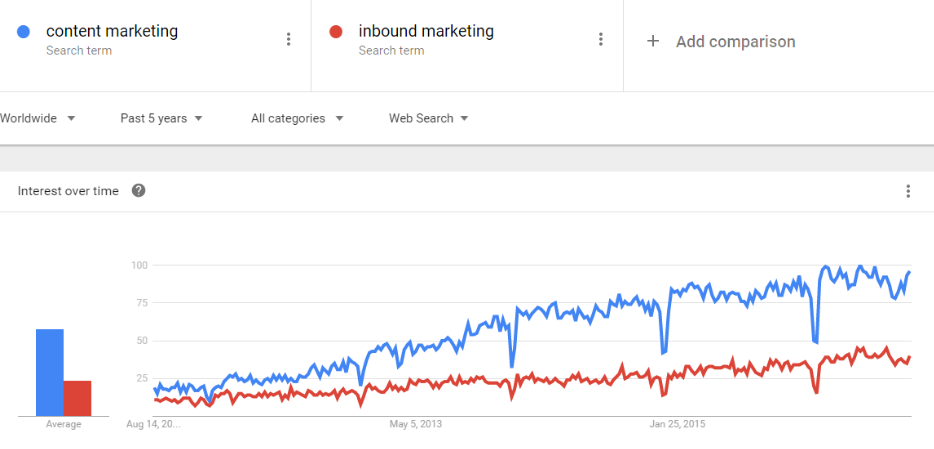
Blog
Machine Translation Report
What is the optimal MT Engine for you? Find out in the latest MT Report by Memsource.
In our last article, we established that many large B2B companies have started to localize their content marketing, but that it is still much less common than homepage localization.
We studied the websites of 80 B2B organisations worth $1 billion+, comparing localization of the homepage with the blog, resource center and social media presence. The research uncovered four key points:
- It is still relatively uncommon for B2B companies to localize even their homepage (38 of 80 companies did not do this)
- Companies that localize their blog or content marketing never localize it into as many languages as the main webpage
- Localization of both the blog and resource center is extremely uncommon (only 11 of 80 companies did this)
- When the blog and resource center are localized, most companies do not directly translate content, but create unique regional content
In summary, almost no companies are doing a good job of localizing their content marketing. And remember, these are some of the most successful B2B tech companies on earth, including Adobe, Avast, IBM and Deloitte; if anyone has the resources to do this, surely they do. So why aren’t they?
Lack of Automation Prevents Multilingual Content Marketing
The eleven companies that made some effort to localize both blog and resource center were: Adobe, SAS, Sophos, Microfocus, VE Interactive, Docusign, Appdynamics, Cloudera, Sprinklr, Anaplan and Yellowmobile. None of them localize into the same number of languages as the homepage.
Adobe offers 67 regions and 20+ languages for their main website, but only six languages for the blog, and four for the resource center. IBM offer offers 167 regions (20+ languages) for the main website, but only one for the blog and around 10 for the resource center. The disparity in localization in cases like this is quite remarkable, as it demonstrates that localization is clearly a priority, and yet they only seem capable of focusing on the main site.
It’s possible that the challenges of continuous delivery and deadline pressure currently prevent enterprises from offering uniform content across all languages. It’s simply too monstrous a task to adapt content on a daily basis. In the future, automated content flow from CMS to translation and back could solve this problem.
The Value of Content Marketing
It is fair to assume that most companies would like to localize everything on their sites, including blogs, resource centers, newsletters and social media for a seamless customer experience. Why wouldn’t they? In the last 5 years, marketers have been increasingly relying on this material to win business and influence search rankings.

Google Trends shows fast growth in interest to content marketing and inbound marketing over the last 5 years.
With the recent explosion in content production, companies now have to create higher quality material to get a customer’s attention. Therefore, offering blog posts, eBooks and whitepapers in local languages would undoubtedly help marketers connect with their audiences.
Particularly in the case of resource centers, valuable information that may tip a potential lead over the edge is often stored here. We know that even if users can speak English, many will only purchase a product or service online if it’s in their native language. Translation of this material could therefore prove invaluable.

Common Sense Advisory’s data shows many consumers don’t buy in English
Barriers to 100% localization
The fact that almost no major companies are localizing all of their material strongly indicates that this is an enormously difficult, expensive, and time-consuming task. They are clearly aware of the need, but as a rule do not translate more than the bare essentials.
Key barriers may include:
- Decentralized marketing teams and plans
- Lack of awareness of localization ROI
- Deadlines; content developers publish on a tight schedule with no time to localize
- Predominantly manual/ clunky process lacking automation
If localization vendors can figure out working solutions for marketing departments, content marketing localization could prove to be a vast and virtually untapped market. In the future, we can expect blogs, eBooks, emails, social media and SEOs to be available in the many languages of the global customer base.
We believe this will be one of the great localization trends of the next few years.
by James Austin and Konstantin Dranch
 James Austin is a Prague-based content developer for Memsource, musician and fitness enthusiast.
James Austin is a Prague-based content developer for Memsource, musician and fitness enthusiast.
![]() Konstantin Dranch is the head of marketing at Memsource.
Konstantin Dranch is the head of marketing at Memsource.
His background is in market research. Konstantin surveys translation services markets in Russia and Ukraine since 2011 via translationrating.ru, and has recently started similar surveys in the United Kingdom and France.




